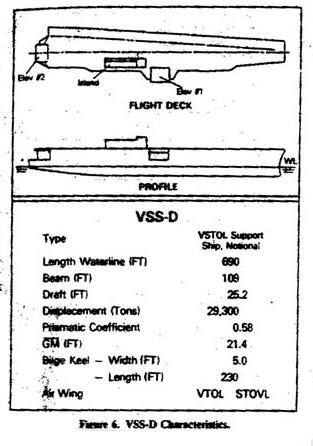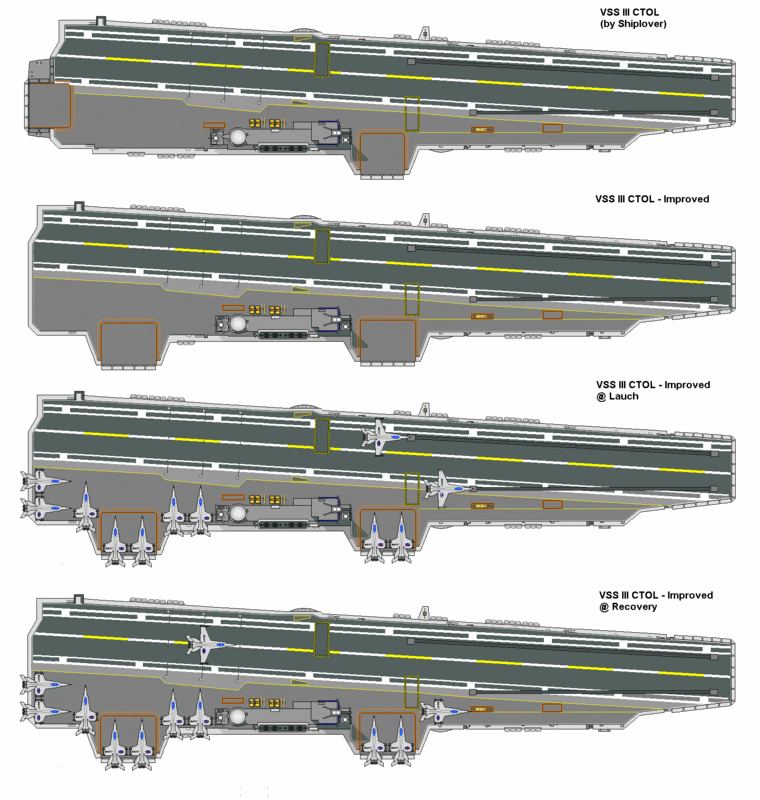SSgtC
ACCESS: Top Secret
- Joined
- 13 July 2020
- Messages
- 1,130
- Reaction score
- 2,539
If you were designing an alternate sea control ship in the late 60s/early 70s, what would you consider essential in the design? For myself, I would like to see a design somewhere between 680' and 750' long with a waterline beam of around 110', total displacement of around 40,000 tons full load, angled deck, cats and traps, and as much automation to reduce crew size as I can reasonably get away with. I'd want the ship to be able to support two squadrons of S-3 Vikings, an AEW squadron, one helicopter squadron and at least a flight of fighters for self defense.


